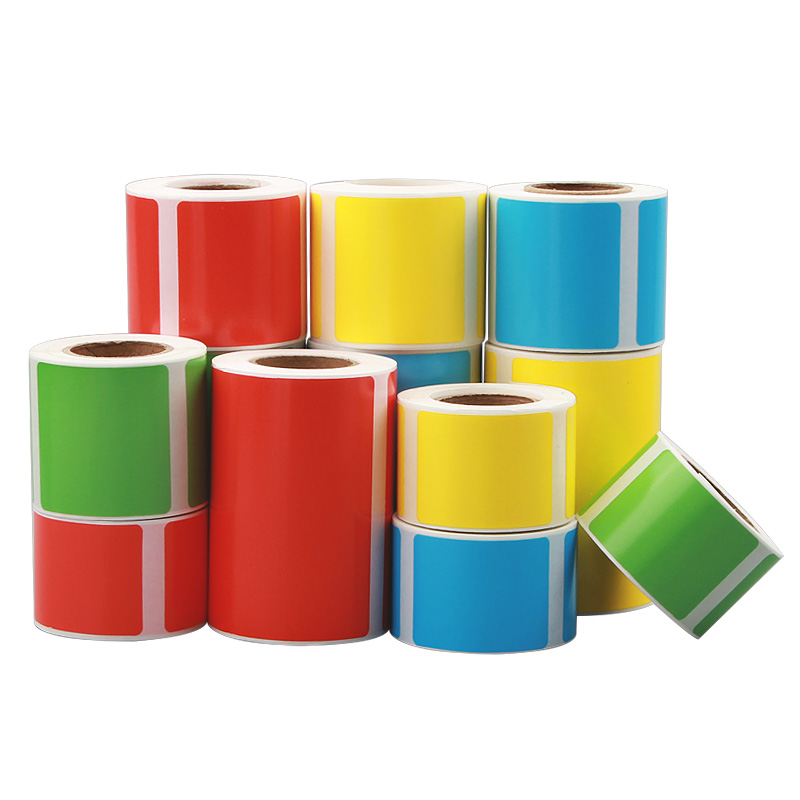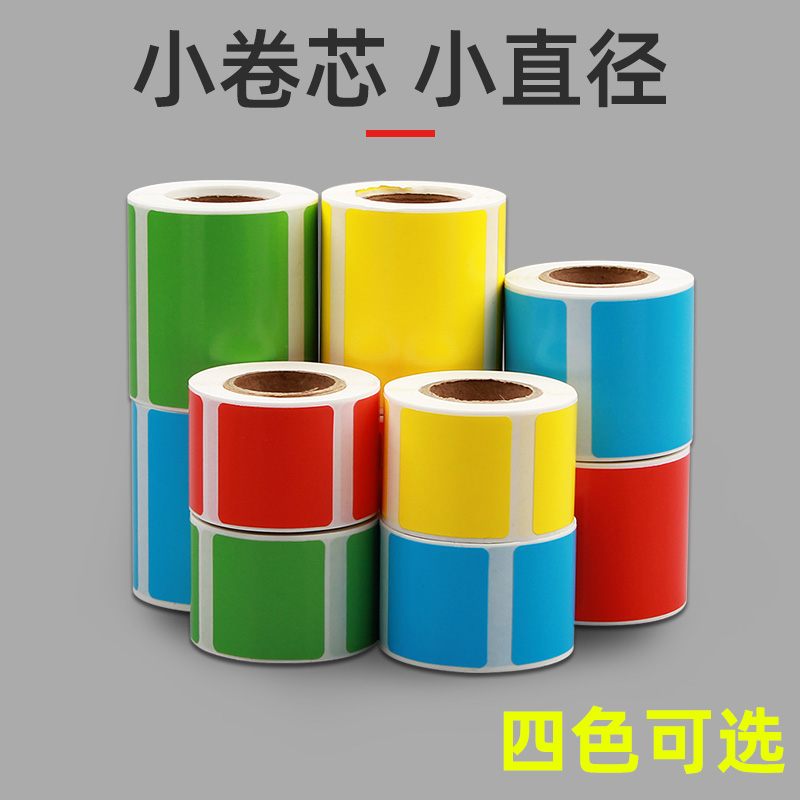Printing principle of color thermosensitive synthetic paper
The printing principle of color thermal synthetic paper mainly depends on thermal printing technology. The following is the basic printing principle:

Material characteristics: Color thermal synthetic paper is a special type of thermal paper that combines synthetic materials and thermal sensing technology. This paper mainly consists of two parts: the substrate (usually a synthetic material, which acts as a supporting layer) and the heat sensitive material (this is the key part, which is sensitive to heat).
Print head: The print head in a thermal printer is the key component, which is responsible for generating heat. During the printing process, the print head is heated to a specific temperature according to the image or text that needs to be printed.
Color production: When the print head is heated to a specific temperature, it activates the heat-sensitive material on the heat-sensitive synthetic paper. These materials produce a color change depending on the intensity and duration of heating, resulting in the desired image or text on the paper.
No ink or ribbon required: Unlike traditional inkjet or laser printers, thermal printers do not require the use of ink or ribbon to produce images. This makes thermal printers very popular in applications where instant, short-term printing is required, as they do not require replacement of ink cartridges or ribbons, reducing the cost of use and maintenance.

In short, the printing principle of color thermal synthetic paper works by heating the heat sensitive material on the thermal paper to produce a color change, thus forming the desired image or text on the paper. This printing method has the advantage of not using ink or ribbon, and is suitable for applications that require instant, short-term printing.


